Sexual Reproduction in Animals:
In animals, sexual reproduction is performed by various methods. In the unicellular organisms, such as, the protozoan Monocystis which lives as an endoparasite in the body of the earthworm, the two individuals which are involved in sexual reproduction, are called gametocytes and both are similar in shape and size. The gametes, produced by both of these gametocytes, are identical morphologically and are called isogametes. In malarial parasite (Plasmodium) two gametocytes, however, are dissimilar in appearance and are called macrogametocyte (female individual) and microgametocyte (male individual).
In multicellular animals, the male produces the sperm cell and the female produces the egg cell. However, a hermaphrodite, such as an earthworm (Pheretima) produces sperm at one time and ova at another time. There then occurs cross-fertilization between two different earthworms. In fact, the earthworms are protandrous– the male sex cells of an individual ripen much earlier than the female cells, so that, self-fertilization is prevented.
Frogs are oviparous, i.e., they lay eggs. During mating, the male frog tightly embraces the female who discharges thousands of eggs or ova (female gametes) into water. Following this, the male frog deposits his sperms (male gametes) over the eggs. The penetration of a spermatozoon into an ovum is called fertilization and since, it occurs outside the body of a female, i.e., in water, it is called external fertilization.
In insects, spiders, reptiles, birds and mammals, such as cattle, dog, cat, monkey, men and some other animals, the male discharges the spermatozoa inside the body of the female. This type of fertilization is called internal fertilization. Human beings and many other mammals are viviparous, i.e., they give birth to their young ones.
As a result of fertilization, the zygote is formed and it begins to develop immediately. The gametes are produced by meiosis and contain half the number of chromosomes compared with their parents. In fertilization, two gametes with half the number of chromosomes (called haploids) unite and original chromosomes number (i.e. diploidy) is restored in the zygote.
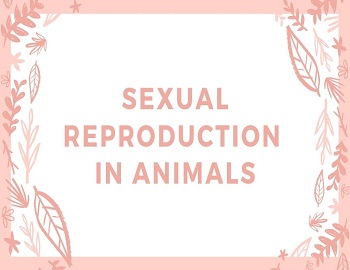


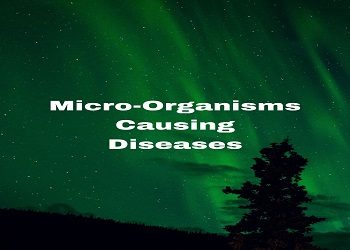
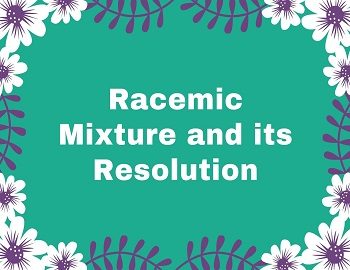
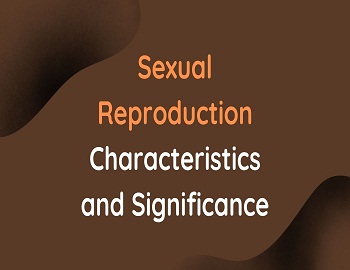

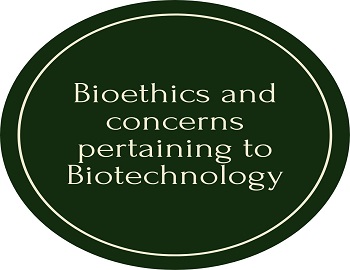
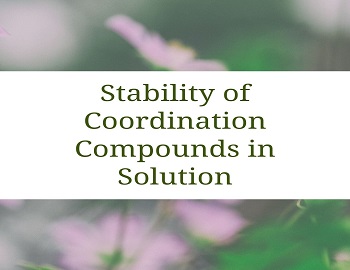
Comments (No)